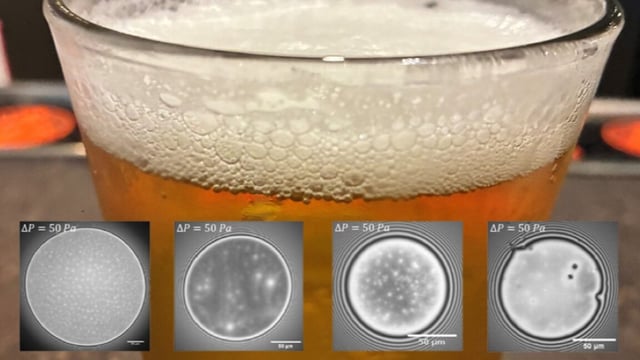Overview
- Published in Physics of Fluids, a seven-year study from ETH Zurich and Eindhoven University of Technology finds the degree of fermentation is decisive for foam stability, with triple-fermented beers most resistant to collapse and single-fermentation beers least stable.
- In single fermentation, globular LTP1 builds viscous surface layers; in double fermentation, LTP1 forms elastic two‑dimensional networks; in triple fermentation, fragmented LTP1 acts like surfactants that drive Marangoni flows to preserve films.
- The team directly visualized protein aggregates on bubble interfaces using interferometric imaging and paired the observations with rheometry to quantify film mechanics.
- Laboratory tests reported some triple‑fermented beers maintaining a stable head for about 15 minutes, whereas foams in many lagers dissipated quickly.
- Researchers say the mechanisms could help brewers tune foam and may inspire greener surfactants or foam‑free lubricants, though these industrial applications will require further development.



